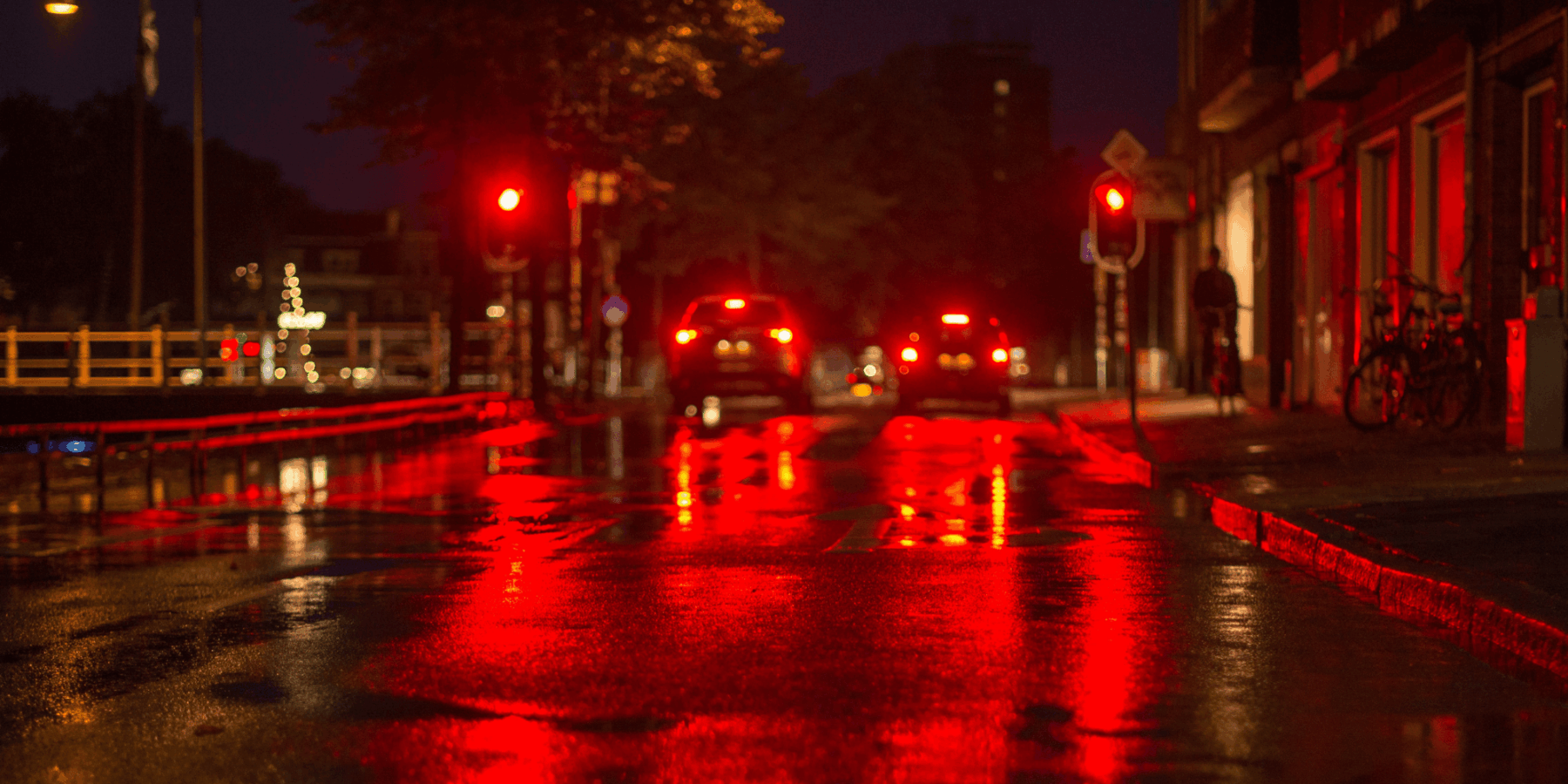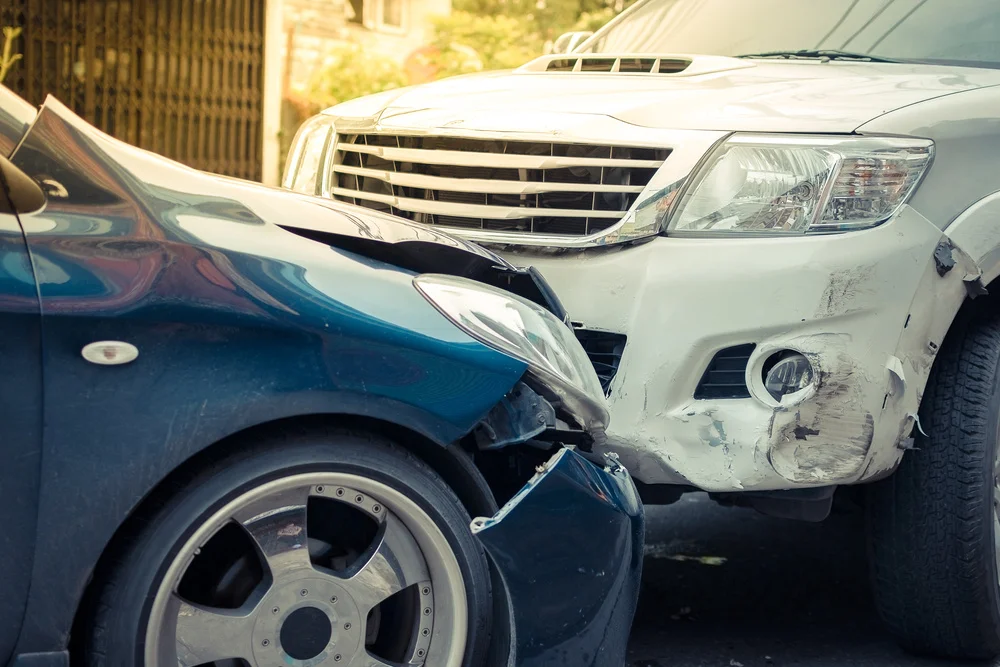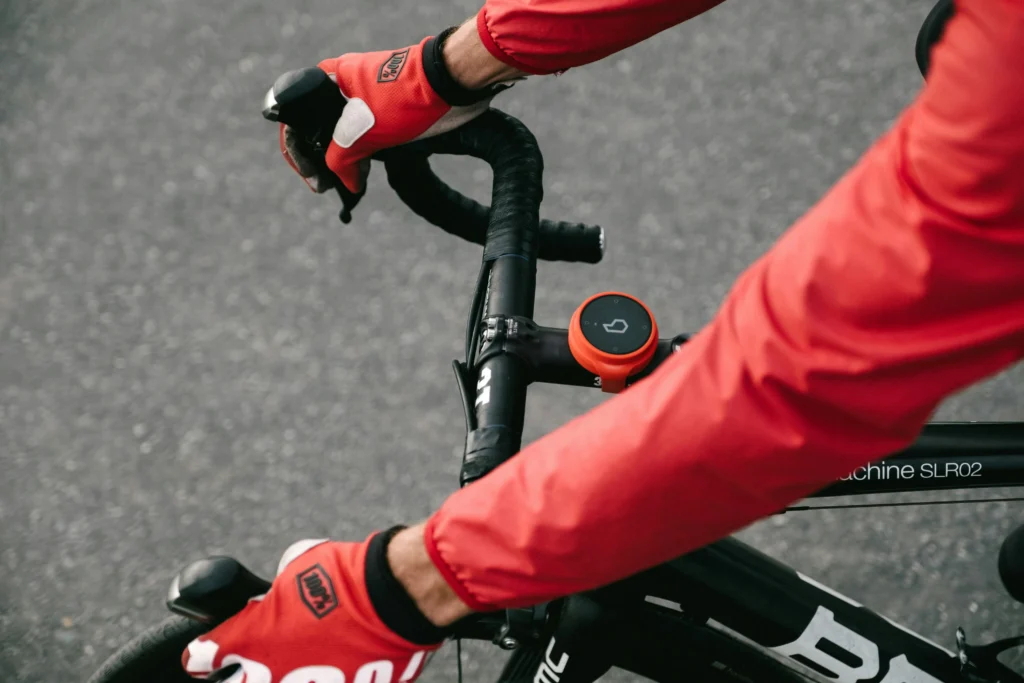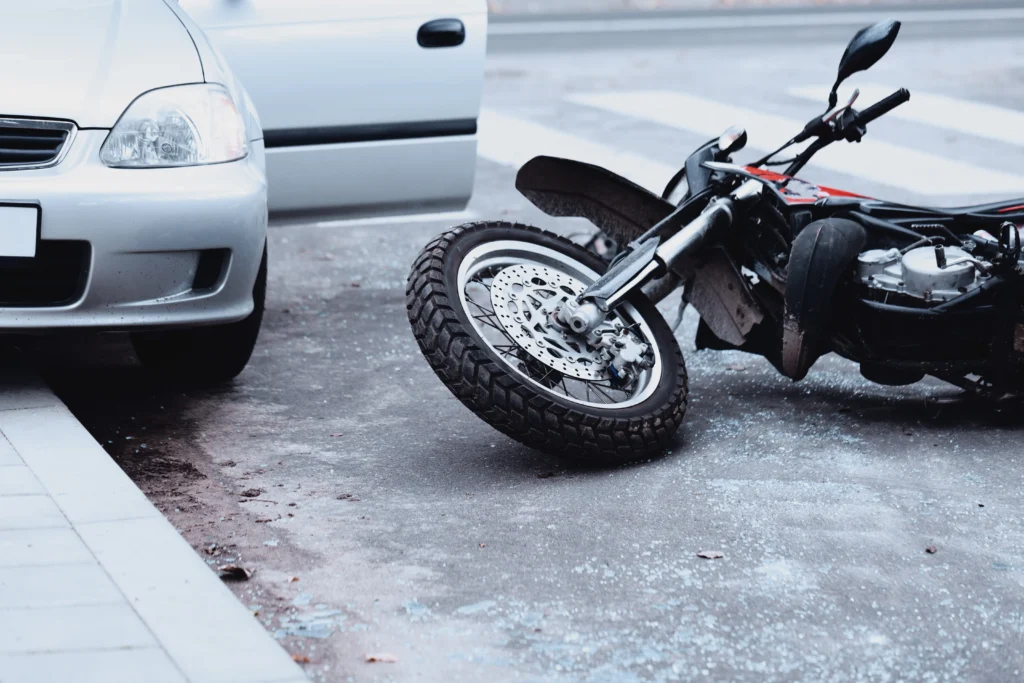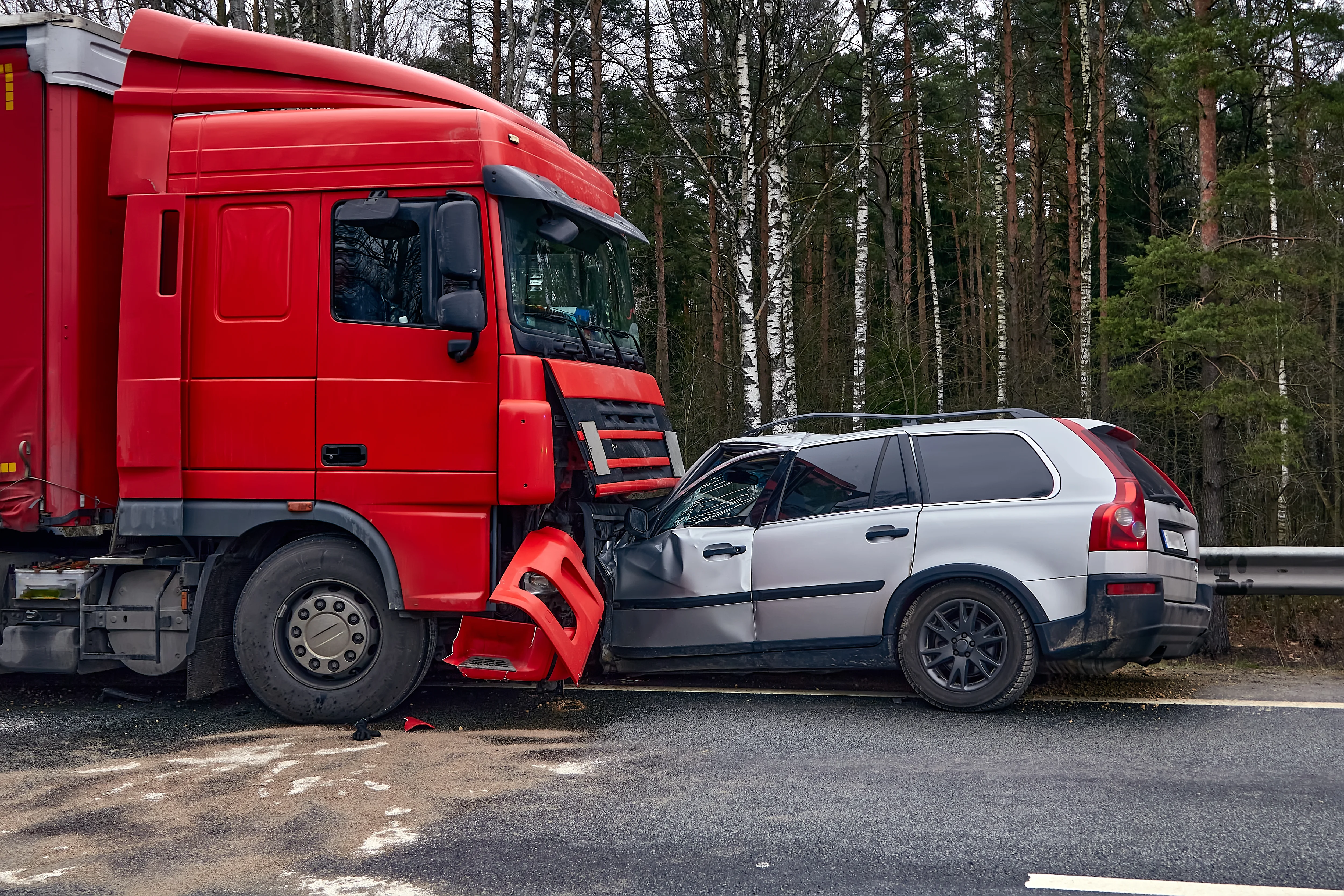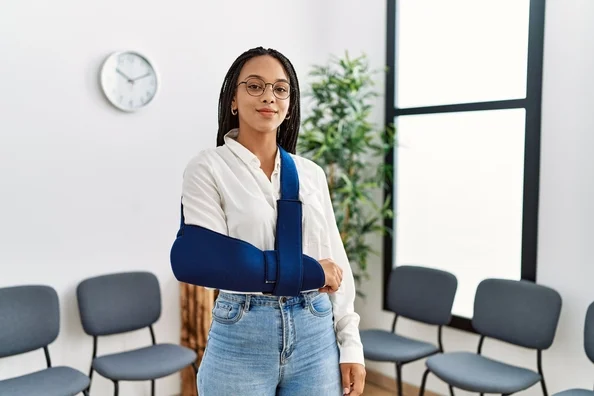Washington Redlight Running Accidents Demand Immediate Legal Action
Redlight crashes in Washington are not only risky, redlight crashes are ordinary and avoidable. Drivers who disobey Seattle, Spokane, or I-5 traffic signals risk lives daily. The National Highway Traffic Safety Administration estimates that nearly 1,000 individuals are killed in redlight crashes each year nationwide. Redlight crashes happen right here on our roads throughout many of those collisions.
Here at Bernard Law Group, we move quickly. Our lawyers build each redlight injury case to compel insurers, assign blame, and pursue maximum damages. If you were struck turning onto Rainier Avenue or were stopped at an intersection in Kent, we will move quickly to protect your rights.
We’ve recovered over $500 million for injured Washingtonians. Don’t let an insurance company shortchange you. Call (206) 752-2233 today to schedule your free consultation. We don’t charge a fee unless we win your case.
How We Build Proof That the Driver Ran the Red Light in a Washington Redlight Crash
Redlight crashes in Washington require more than injury photos or a police report. To win, the case needs verified, layered proof that clearly shows the driver ignored a red light and entered the intersection illegally. At Bernard Law Group, we collect and preserve hard evidence within days. This step is critical because key sources like video files and witness memories often vanish quickly.
Our legal team uses a focused process for intersection collision claims. We recover intersection footage, secure dashcam video, download onboard vehicle data, subpoena mobile records, and track down neutral witnesses. By combining these sources, we build a claim that insurers cannot ignore. Whether the crash happened on Aurora Avenue in Seattle or along Division Street in Spokane, we prove who broke the law and why it led to your injuries.
Traffic Camera and Dashcam Footage Shows the Redlight Violation Clearly
Redlight camera footage often holds the most important visual evidence in a Washington redlight crash case. At intersections across cities like Kent, Vancouver, and Renton, public surveillance captures the exact moment a vehicle enters during a red signal. Dashcams from nearby drivers or rideshare vehicles often support this footage and give us multiple angles to work with.
We move quickly to secure access to these digital files before they are overwritten. Businesses near intersections also have security footage that may show part of the crash. Our team sends legal preservation letters within hours of signing a case, making sure no angle is lost. This video evidence often becomes the foundation of the legal claim. In high-speed collisions, it helps us show both the signal color and the exact point of impact.
For a deeper look at how transportation video systems influence modern crash investigations, explore this federal research from the USDOT.
Dashcam Footage From Nearby Vehicles Helps Complete the Timeline
Many Washington drivers now use dashcams daily. These videos record continuously and often catch a crash from the moments leading up to impact. Even when your car did not have a dashcam, nearby vehicles may have captured the event. Our legal team identifies those drivers and requests footage before it is lost.
Dashcams can capture more than just the crash. They may show the driver’s lane position, whether they sped up entering the intersection, or if they hesitated before running the light. These clues become critical in rebutting false claims by insurance adjusters.
Onboard Vehicle Data Logs Reveal Speed and Braking Activity
Modern vehicles store real-time driving data. These electronic control modules, also called event data recorders, track braking, acceleration, and wheel angle seconds before a crash. In redlight injury cases, we retrieve this data to prove if the driver accelerated through a red or failed to slow down at a yellow.
These systems also confirm the speed of both vehicles. That information matters when an insurance company tries to blame you for contributing to the crash. By comparing your reaction time to the other driver’s data, we demonstrate who truly caused the impact.
Data Shows Whether the Driver Attempted to Stop at the Signal
The data log tells us whether the driver hit the brakes, lifted off the accelerator, or ignored the signal entirely. In many of our Washington redlight accident cases, we uncover patterns of careless behavior that go far beyond one missed light. This includes multiple hard stops, aggressive lane changes, or speeding through prior intersections.
By reviewing multiple days of recorded data, we show the insurance company that the driver acted with disregard for traffic control devices. This additional layer of evidence helps increase claim value and supports punitive damages when reckless conduct is involved.
Cellphone Records Help Expose Driver Distraction at Redlights
Many redlight crashes across Washington involve driver distraction. Phone usage during intersections continues to rise, especially in busy zones like Capitol Way in Olympia or 4th Avenue in downtown Bellingham. If the at-fault driver was texting, scrolling, or on a call, we use phone records to prove it.
Our firm subpoenas the cellphone provider to identify usage at the moment of the crash. If the screen was active or a message was sent seconds before impact, we include that as part of our evidence. This shows clear negligence and helps counter any attempt to shift blame.
The University of Washington’s research on distracted driving further highlights how distraction affects reaction time and signal awareness.
Mobile Records Provide Time-Stamps That Match Signal Data
We align phone usage records with traffic light timing and video footage. This time-matched analysis leaves no doubt that the driver was engaged in another task while approaching the red light. In some cases, we also use mapping data from ride apps or navigation logs to prove that attention was not on the road.
Once the phone activity is confirmed, our firm argues that the redlight violation was not just careless, it was preventable. This argument strengthens your position in negotiations and may increase the total compensation recovered.
Independent Witness Statements Help Confirm Fault at the Intersection
Even with video and data, having a neutral third party confirm what they saw adds weight to your case. Witnesses may describe vehicle speed, hesitation, or even the signal color. We track down drivers, pedestrians, and workers who saw the crash happen or the seconds leading up to it.
Washington intersection collisions often occur in areas with heavy foot traffic. From downtown Spokane to Broadway in Tacoma, someone usually sees the event unfold. These accounts fill in gaps and support your version of the crash.
Eyewitness Accounts Strengthen the Claim Against the At-Fault Driver
Witnesses frequently recall small details that matter. A driver reaching for something. A vehicle accelerating instead of braking. A car swerving into the lane late. These observations are powerful in depositions and settlement talks. Our team collects signed statements and recorded interviews to preserve this testimony before memories fade.
Insurers often try to cast doubt on fault in redlight crashes. When we provide multiple independent accounts that back up our investigation, they’re forced to accept the truth and negotiate from a position of weakness.
What Counts as Running a Red Light in a Washington Redlight Crash Case
Redlight collisions in Washington often come down to a single argument about who had the green. But under state law, the rules are clear. A driver commits a redlight violation when they enter an intersection after the signal has turned red. There is no legal gray area once that light changes. Insurance carriers will often argue otherwise to avoid liability, but our legal team uses Washington traffic codes, camera data, and witness timelines to shut down those claims.
Whether the crash happened in a large city like Bellevue or on a smaller arterial road in Yakima County, the same rules apply. We hold drivers accountable when they enter an intersection against a red signal and cause harm. These cases are about proving time and position, and the sooner we investigate, the stronger your case becomes.
Washington State Law Defines Redlight Violations with No Room for Excuses
RCW 46.61.050 and RCW 46.61.055 are the key statutes that outline traffic control compliance in Washington. Drivers must come to a full stop before entering an intersection if the signal is red. Failing to stop before the crosswalk or entering the intersection after the light has changed is a clear violation. These violations often result in serious injury or death, especially when cross traffic is moving at full speed.
Our legal team uses the law, paired with intersection signal timing reports, to prove that the driver ignored a legally binding traffic control device. This evidence holds up in court and during settlement negotiations.
You can read the full text of the traffic control signal laws on the Washington State Legislature website.
Redlight Violations Often Involve Left Turns and Late Entries
Most redlight injury claims involve a driver who entered the intersection late while attempting to turn left. This move often causes side impacts or T-bone crashes with oncoming traffic. In cities like Everett or Vancouver, these left-turn redlight cases are among the most dangerous because of the angle and speed of impact.
We analyze intersection layouts and lane positions to show whether the at-fault driver waited too long and entered after the light had already changed. This strategy holds weight with juries and also pushes insurance carriers to settle fairly.
Camera Tickets and Officer Reports May Support Your Redlight Claim
In some intersections across Washington, redlight camera enforcement captures violations even when a crash does not occur. If a driver received a redlight ticket before or after the crash, we can use that history as evidence. In addition, officer reports often document light color observations from witnesses or the responding agency.
We combine these elements with video evidence and vehicle data to prove the full picture of the violation. When law enforcement supports the position that the signal was red, it becomes harder for the at-fault driver to argue otherwise.
Learn how Washington uses automated enforcement and citation data in redlight enforcement from the Insurance Institute for Highway Safety.
Signal Phase Timing Reports Confirm the Driver Broke the Law
Each signal-controlled intersection in Washington operates on a timing cycle. We request these timing reports directly from local transportation departments to show when the light changed. By pairing this information with dashcam footage, cell phone records, and event data, we can confirm that the driver ran the red.
This detail is critical when no camera or officer directly observed the violation. With signal phase analysis, we can prove that a driver could not have entered legally. We’ve used this approach successfully in redlight cases across King, Spokane, and Clark counties.
Entering on Yellow Does Not Give a Driver a Free Pass
Drivers often claim the light was yellow when they entered the intersection. But under Washington law, that argument only holds if the vehicle fully cleared the intersection before the light turned red. If they were still crossing when the signal changed, the maneuver may still qualify as a redlight violation.
Our legal team reviews signal progression and vehicle movement closely. Many drivers mistakenly believe they had the right to enter just because they saw a yellow signal. However, entering too late or hesitating before turning may still violate state law and place full liability on the driver.
Intersection Clearance Time Helps Prove Redlight Running in Washington
Clearance time is the length of time a driver has to exit the intersection before conflicting traffic receives a green light. In Washington, clearance timing is engineered for each signal depending on the speed limit and traffic volume. When a driver enters on yellow but fails to clear the intersection during the clearance phase, the maneuver turns illegal.
We request these records and use them to calculate whether the driver could have safely cleared. If not, we include that finding in your claim. This step helps establish fault and reduces your risk of having any blame shifted onto you.
Holding Government Entities Accountable for Malfunctioning Traffic Signals in Washington Redlight Crashes
Redlight accidents do not always happen because of reckless drivers. In many cases, the cause lies in poorly maintained or defective traffic signals. When cities or counties fail to inspect, program, or repair these lights, the results can be devastating. Our law firm has handled multiple Washington redlight injury claims involving faulty signals, delayed light cycles, or completely inactive intersections.
We know how to pursue claims against public entities. From city engineers in Spokane to county road departments in Pierce County, our legal team builds cases that show failure in infrastructure management. In places like Renton, Bellingham, or Yakima, where population growth often outpaces infrastructure updates, these government errors are becoming more common.
If a broken or delayed signal caused your crash, we act quickly to preserve signal records, maintenance logs, and dispatch reports. These details help us hold local governments accountable under Washington’s tort claim laws.
Traffic Signal Malfunctions Create Legal Risk for Public Agencies
When a stoplight cycles improperly or fails altogether, the agency responsible for its upkeep may face liability. Washington law allows injury victims to file claims when a city, county, or state department fails to maintain a safe roadway. That includes traffic lights that cause confusion, send mixed signals, or shut down without warning.
In Washington redlight cases, our team often uncovers that maintenance was delayed or skipped. Government employees sometimes mark a repair as complete even when the signal is still malfunctioning. These failures directly lead to crashes at intersections that drivers assume are being managed safely.
For more information on the link between traffic signal timing and crash rates, see this Federal Highway Administration study on signal control safety.
Incomplete Repairs or Ignored Complaints Often Lead to Redlight Injury Claims
Residents frequently report flashing signals, timing problems, or blackout conditions to public works departments. But when agencies delay the response or fail to act, they put every driver and pedestrian at risk. If a complaint was made before the crash, our firm obtains those reports to prove the agency had prior notice.
These logs often reveal a pattern of neglect, especially in smaller towns or underfunded districts. In some cases, city crews log repeated service calls to the same signal but never address the root issue. When we connect these records to your crash, liability becomes difficult for the government to avoid.
Signal Timing Errors Cause Deadly Conflicts at Intersections
Timing is everything in a redlight crash. If a light stays green too long on one side or switches too fast between directions, cross traffic may enter simultaneously. These conflicting signals create a high risk of side-impact collisions and pedestrian strikes.
In Seattle and Tacoma, we’ve handled cases where outdated signal controllers triggered incorrect light sequences during rush hour. In some systems, traffic flow sensors malfunction and fail to detect cars waiting to turn, causing them to miss entire cycles. Our legal team works with transportation analysts to map out the light behavior and connect it to your crash timeline.
To understand how timing issues contribute to urban intersection crashes, review this study by the Transportation Research Board.
Local Governments Must Comply With National Signal Standards
Washington municipalities are required to follow the Manual on Uniform Traffic Control Devices (MUTCD). This federal guide sets safety rules for signal timing, placement, and visibility. When a government agency violates these guidelines, it opens the door to legal action. Our attorneys often prove that the signal in question failed to meet minimum timing or clearance requirements.
We retrieve engineering plans, inspection records, and controller data to establish non-compliance. By aligning those documents with video footage and eyewitness accounts, we demonstrate that the government entity contributed to the crash.
Filing a Claim Against a Government Agency in Washington Requires Urgency
Government claims in Washington have shorter deadlines than private injury lawsuits. Under RCW 4.96.020, a victim must file a formal notice within 60 to 180 days depending on the agency involved. If you miss this window, you may lose the right to recover damages, no matter how strong your case is.
Our firm takes immediate action to protect your claim. We file the tort notice, request signal logs, and initiate our investigation before public agencies can clear or reset the intersection systems. This fast approach helps preserve key digital records that might otherwise be deleted.
To learn how the state processes public claims, visit the Washington State Department of Enterprise Services tort claims portal.
We Investigate the Signal System Before the City Clears the Logs
Traffic controllers often store data for only a short period. If the signal has been reprogrammed or reset after your crash, that data may be gone unless we act quickly. Our legal team sends record preservation requests and works with municipal contacts to obtain the original controller logs.
We also inspect physical components like sensor loops, signal heads, and pole wiring. These elements often go overlooked, but they tell the story of why the system failed. By investigating early, we stop the city from erasing the evidence and protect your legal rights.
Get Legal Help After a Washington Redlight Crash Before Evidence Disappears
You do not have to face the aftermath of a redlight crash alone. If a driver ran a redlight and left you injured on a Washington roadway, now is the time to take control. Every hour that passes gives the insurance company more leverage and makes it harder to recover surveillance footage, witness statements, or traffic data. At Bernard Law Group, we step in immediately to preserve evidence, take over communication, and build your case for maximum compensation.
We have recovered more than $500 million for injured clients across Washington. From redlight intersection crashes on Aurora Avenue to signal timing failures in Yakima, we know what it takes to win. Our legal team understands the pressure you’re under with medical bills, lost income, and ongoing recovery. That’s why we only take a fee if we win. You pay nothing out of pocket, ever.
We are ready to fight for you right now. Call (206) 752-2233 or contact us online to schedule a free consultation. We take calls 24/7 and respond quickly. If you cannot come to us, we can come to you. Let us hold the driver accountable and help you move forward with the financial support you need.
Practice Areas
Trust Us With Your Personal Injury Claim
If you or a loved one have been injured, Bernard Law Group will fight for you every step of the way. We will give our all to secure the compensation you rightfully deserve.
Contact usfor a free consultation.
Phone: (206) 312-3908
